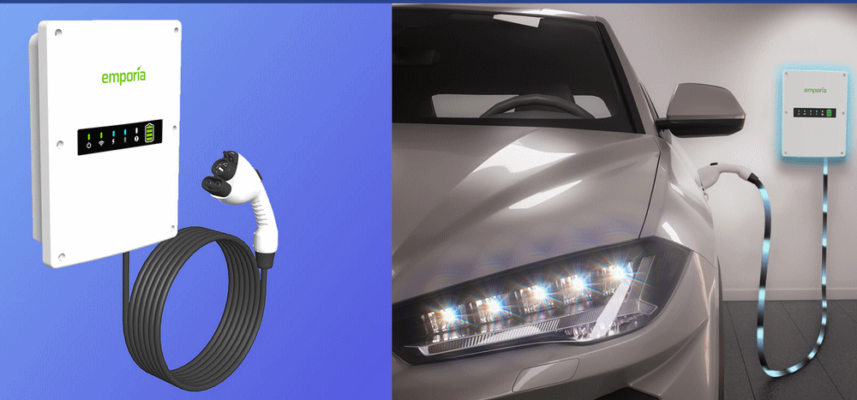California May Mandate Bidirectional EVSE

While I wouldn’t want to rely on a bidirectional EVSE as a complete home backup, it is a great solution for load shifting, and would be an excellent supplemental option when combined with a small permanent battery installation for home backup. As is the case with many of these things, California seems to be driving progress here, with the potential that they could push this as a requirement for EVs and EVSEs deployed in the state in a few years.
I’ve linked an article that covers more of the details below, and it’s generally solid. But there is a critical problem with their coverage, and as is often the case, it’s in the details.
California is evaluating a mandate requiring all electric vehicles (EVs) to have “vehicle-to-everything” (V2E) capabilities by January 1, 2027. The state defines V2E as a system where an EV’s battery’s stored energy can be used for various purposes, including powering a home (vehicle-to-home), a building (vehicle-to-building), a microgrid, another vehicle, or providing electricity to the electrical grid (vehicle-to-grid).
…
Analysts estimate that between 80% (Tesla) and 90% (Lazards) of future battery cells will be used in vehicles, leaving 10% to 20% of remaining cells for power grid energy storage. Benchmark Mineral Intelligence projects that approximately 8.5 GWh/year of lithium-ion battery cell manufacturing capacity will be available by 2030.
EVs and local, permanent, storage shouldn’t the same battery chemistry. I would never install a lithium-ion battery in my house. I am totally fine with one powering my car. There are exponentially safer, and cheaper, options. The same story is even more true with large scale utility-grade solutions, where size and weight don’t matter at all. Some of these options aren’t even chemical batteries.
Not only are these alternative safer, and cheaper, but they don’t have many of the other drawbacks of lithium-ion. Even if we ignored scarcity, we still wouldn’t want to use lithium-ion in these kind of storage installations. There are myriad ways to make this happen. If you want to learn more about it, this is an excellent video on the topic.
It’s important to keep these things in mind, because while bidirectional EVSE are a fantastic thing, that I fully intend on taking advantage of when they are a viable option in the market. Batteries in EVs, and batteries used in local/grid storage are not fungible goods. We can have both. It is lazy, and dangerous to frame this as a competition when it is not a competition.
We cannot let utilities off the hook here, they should be providing solutions to deal with the changing landscape that renewables operate under. This is not a problem that we, as individuals, should be solving at grid scale. Because when individual solutions are the only way we fix things, we create systems that promote inequality.
